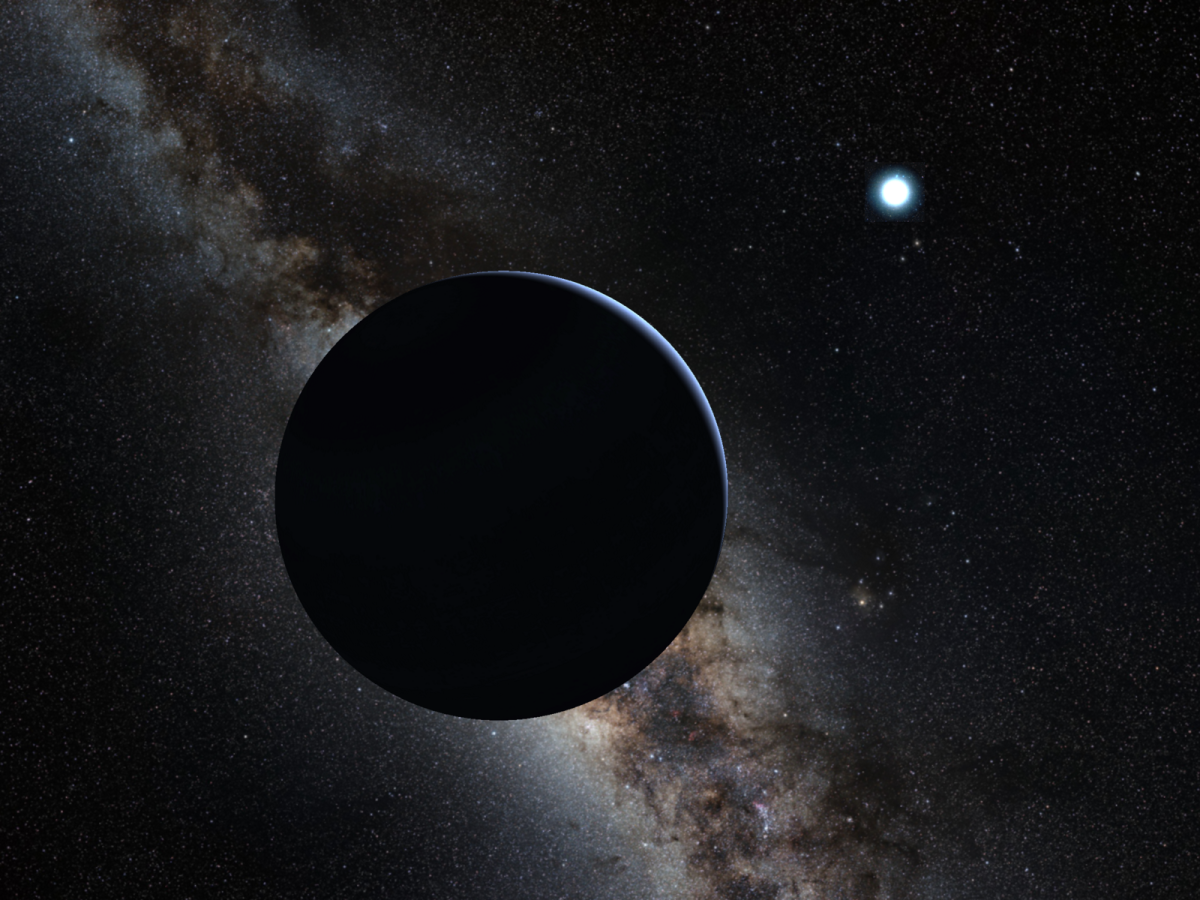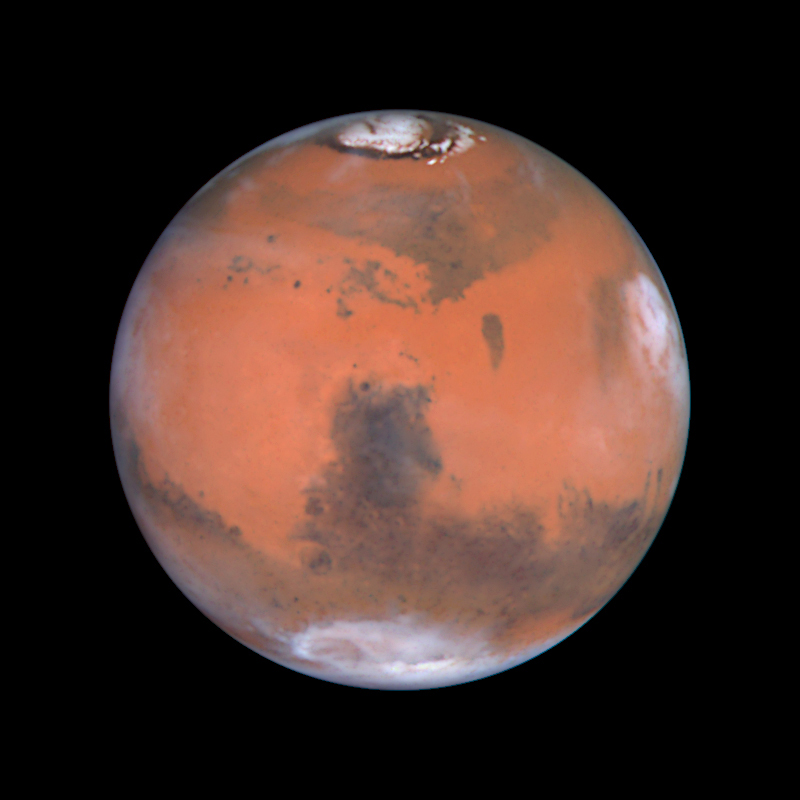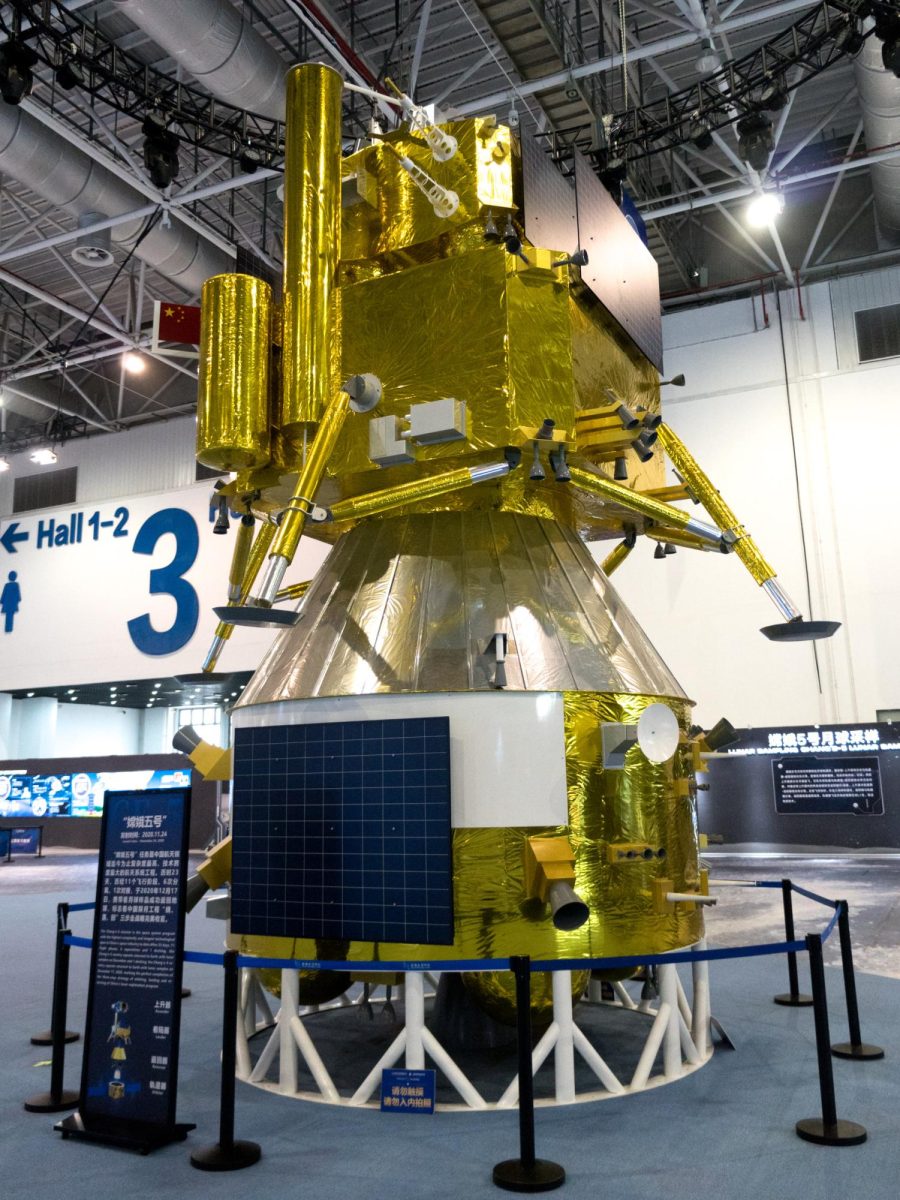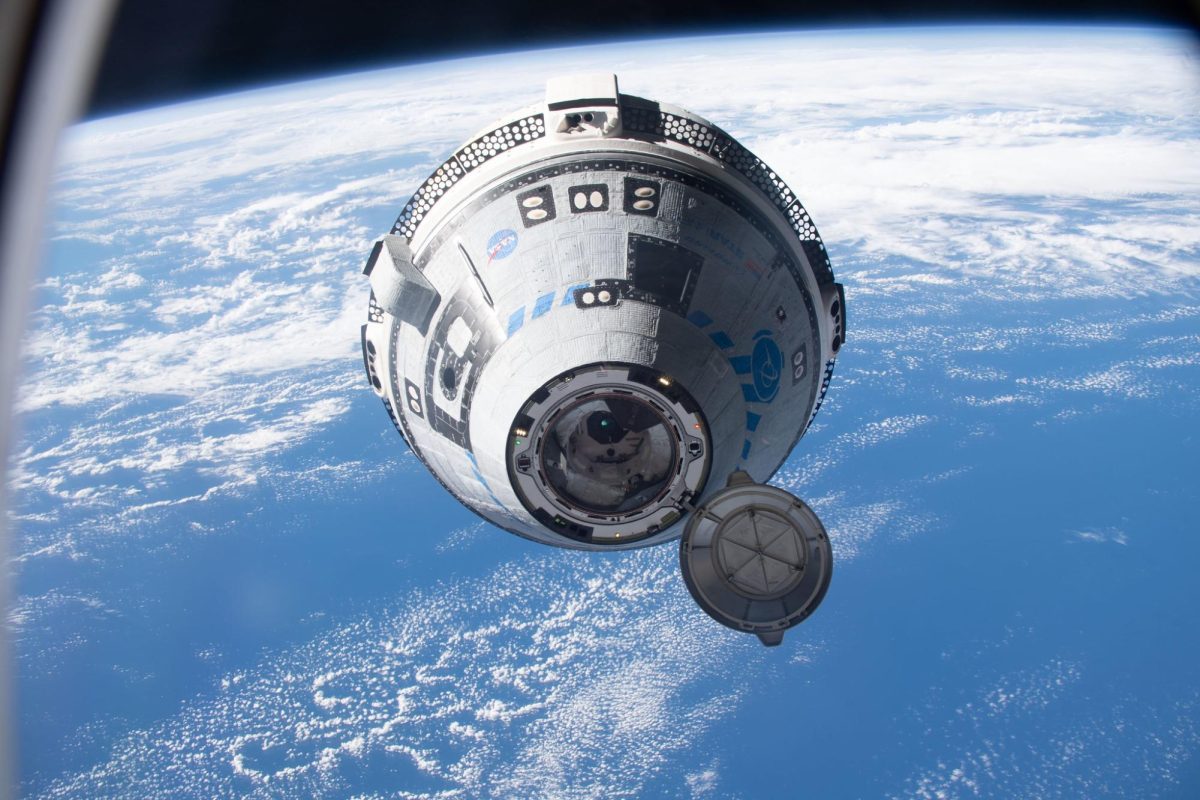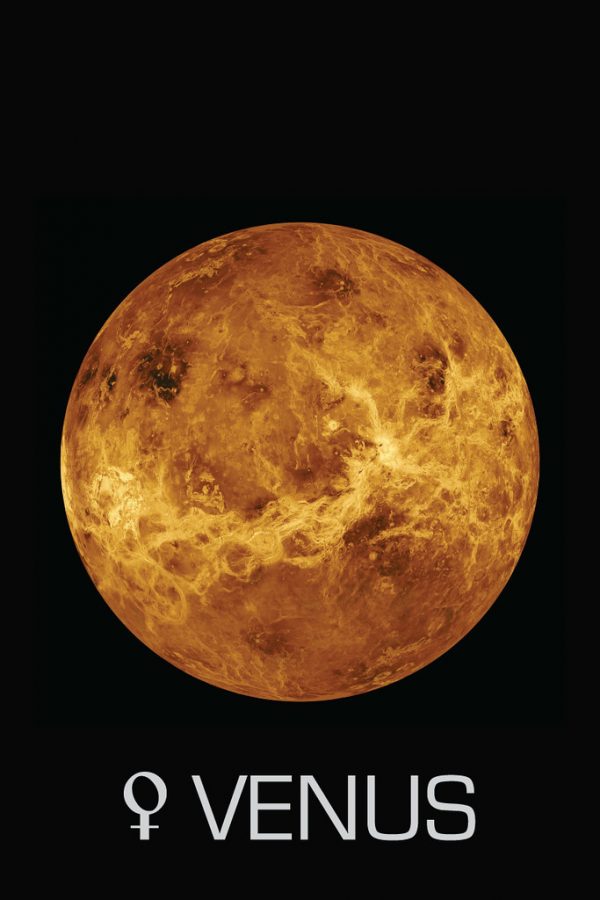Planet X, or Planet 9 as we’re gonna refer to, is a possible Neptune-sized object in a elliptical orbit around the sun so far away its orbit could take 10,000 to 20,000 Earth years to complete, recent studies show evidence of its existence.
The Basics
The evidence revolves around the basic principle where planets have a gravitational pull on other planets, thus shifting their orbits a nudge. This was used to discover Neptune when French mathematicians noticed Uranus’s orbit was being tugged on by an unknown force, they did a bit of math & calculated the location of the source, hours later they found Neptune. By 2003, Konstantin Batygin, Chad Trujillo, & Mike Brown had discovered several Kuiper belt objects (KBOs) such as Quaoar, Orcus, Salacia, and Sedna, the latter of which is very, very odd.
Sedna’s Anomaly

In the absence of any planets out there, the orbits of KBOs would be randomly oriented within the orbital plane of the solar system, sort of like a normal circular orbit, however, Sedna’s orbit is extremely elliptical, reaching very, very far out & taking 12,000 Earth years to complete, way out of the ordinary, while some tried to argue a rogue star caused this or that it was just pure chance, they didn’t hold up once other KBOs were discovered like 2007 TG422 or 2010 GB174, all with similar elliptical orbits & strangely, in the same direction. The only explanation Mike Brown & thousands of others came up with was that there must be a planet out there causing this effect. Chad Trujillo wrote a paper saying that the planet has to be between 2 – 15 Earth masses at 200 – 2000 AU away, also it must have a similar elliptical orbit but in the opposite direction, aka planet 9.
What’s the problem?
Problem is, there are way many more orbits that could produce this anomaly, as stated before, it can be 200 – 2000 AU away, this means the shear amount of sky we have to search for each orbit predicted makes the search much harder, considering any planet this far out would practically be pitch black, they would be invisible to all but the best of telescopes. However, this orbital pathway prediction is not the only theory out there.
Other Theories.

Fifth Giant
The 5th giant is another possible gas giant that formed along with Neptune & Uranus in the Solar System’s early history, it orbited between Saturn & Neptune while Uranus was the farthest planet away at the time, it was ejected out of the solar system when it got flung by Jupiter during the event called the “Migration of Neptune” that took place around 4.5 billion years ago, however some people theorize it didn’t get truly ejected out, rather the orbit just got extremely big & that Planet 9 is actually the 5th giant.
Primordial Blackhole.
Some physicists Jakub Scholtz and James Unwin argue that the reason why planet 9 hasn’t picked up on any telescopes while still knocking KBOs in a particular direction is that planet 9 is actually a Primordial Blackhole the size of a bowling ball.
It’s already gone.
Yukun Huang (University of British Columbia, Canada) at the 55th meeting of the Division for Planetary Sciences of the American Astronomical Society suggested there is no such planet & that it already left. He argued if there was no planet 9 in the Kuiper Belt, the orbit of the KBOs should of been stable for billions of years, Huang used a computer simulation to run the Solar system back in time to find out the orbit of 3 known KBOs including Sedna shared a similar, circular orbit. This is a clear sign that a singular event placed these 3 objects in their elongated orbits we have today, he then stated a planet could of done this, but as a result it would of been ejected out of the solar system 100 million years after formation. In short, if Planet 9 did shape the orbit of several KBOs, it would of been ejected out in the process.
Related Stories:
- https://science.nasa.gov/solar-system/planet-x/
- https://phys.org/news/2021-08-planet.html#google_vignette
- https://explorersweb.com/exploration-mysteries-planet-x/
- https://www.iflscience.com/why-do-we-think-there-is-a-possible-planet-x-67599
- https://skyandtelescope.org/astronomy-news/planet-x-may-have-left-our-solar-system-billions-of-years-ago/
Take Action:
(Credit to https://esteemstream.news/86790/transportation/space/saturn-will-lose-its-rings for it’s take actions)
